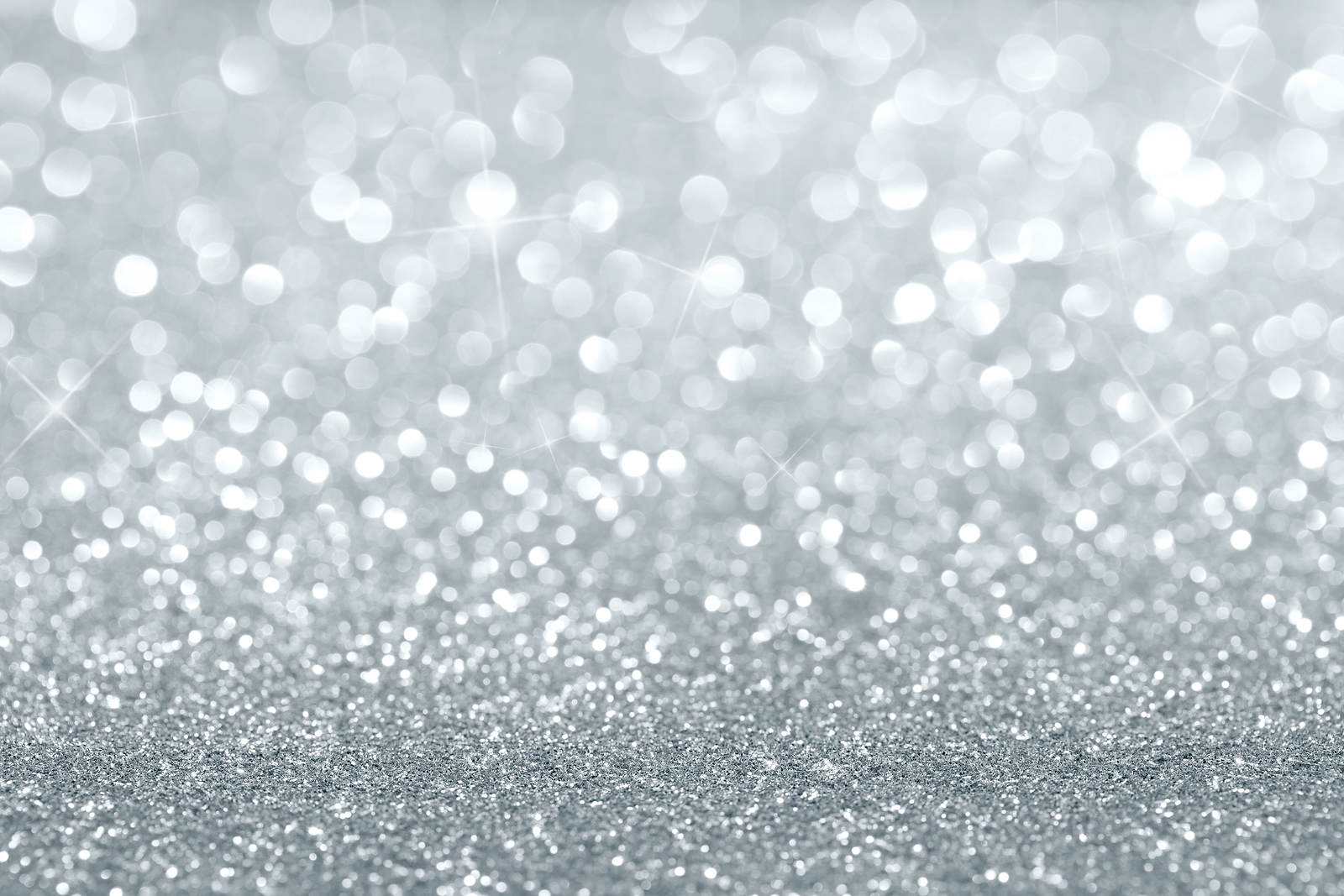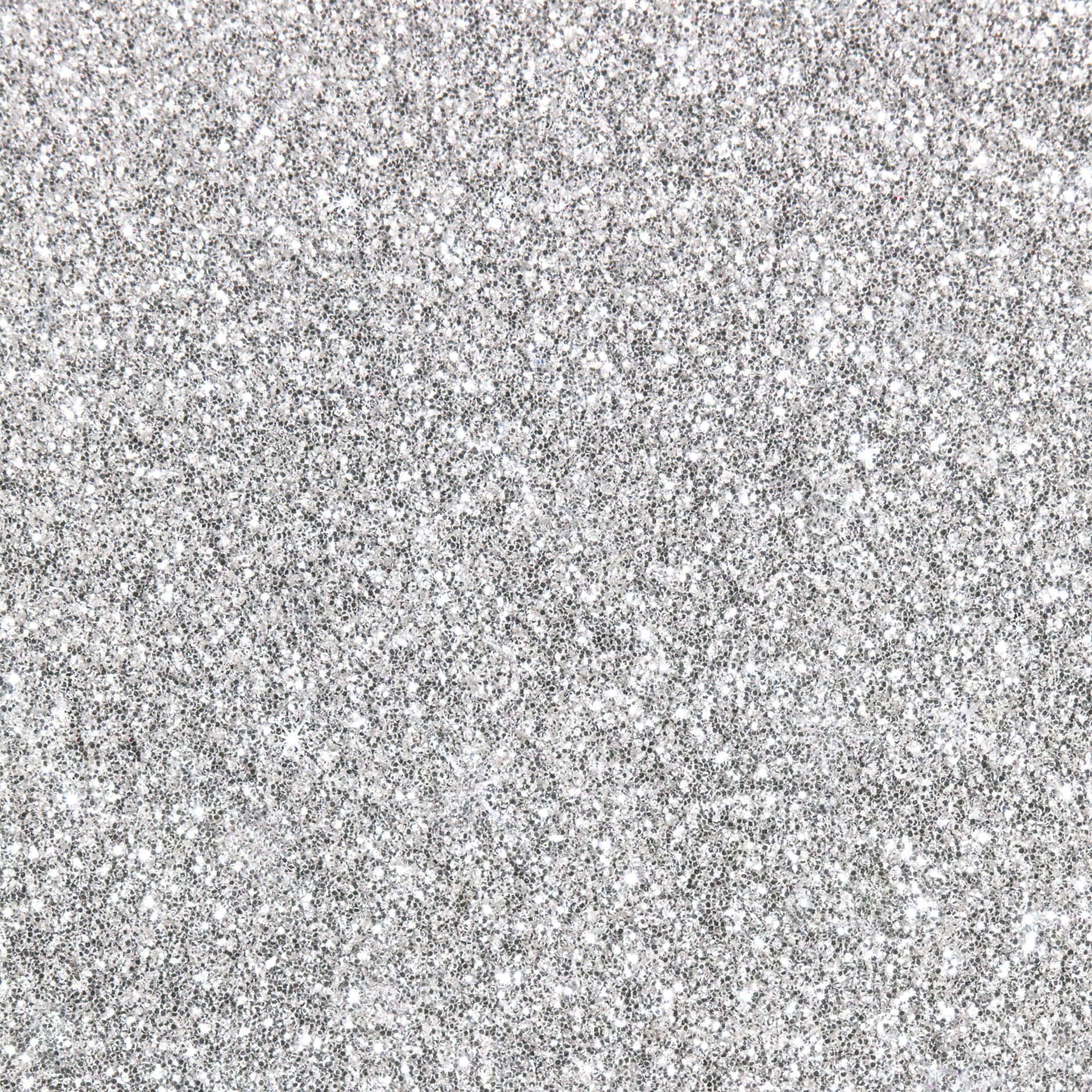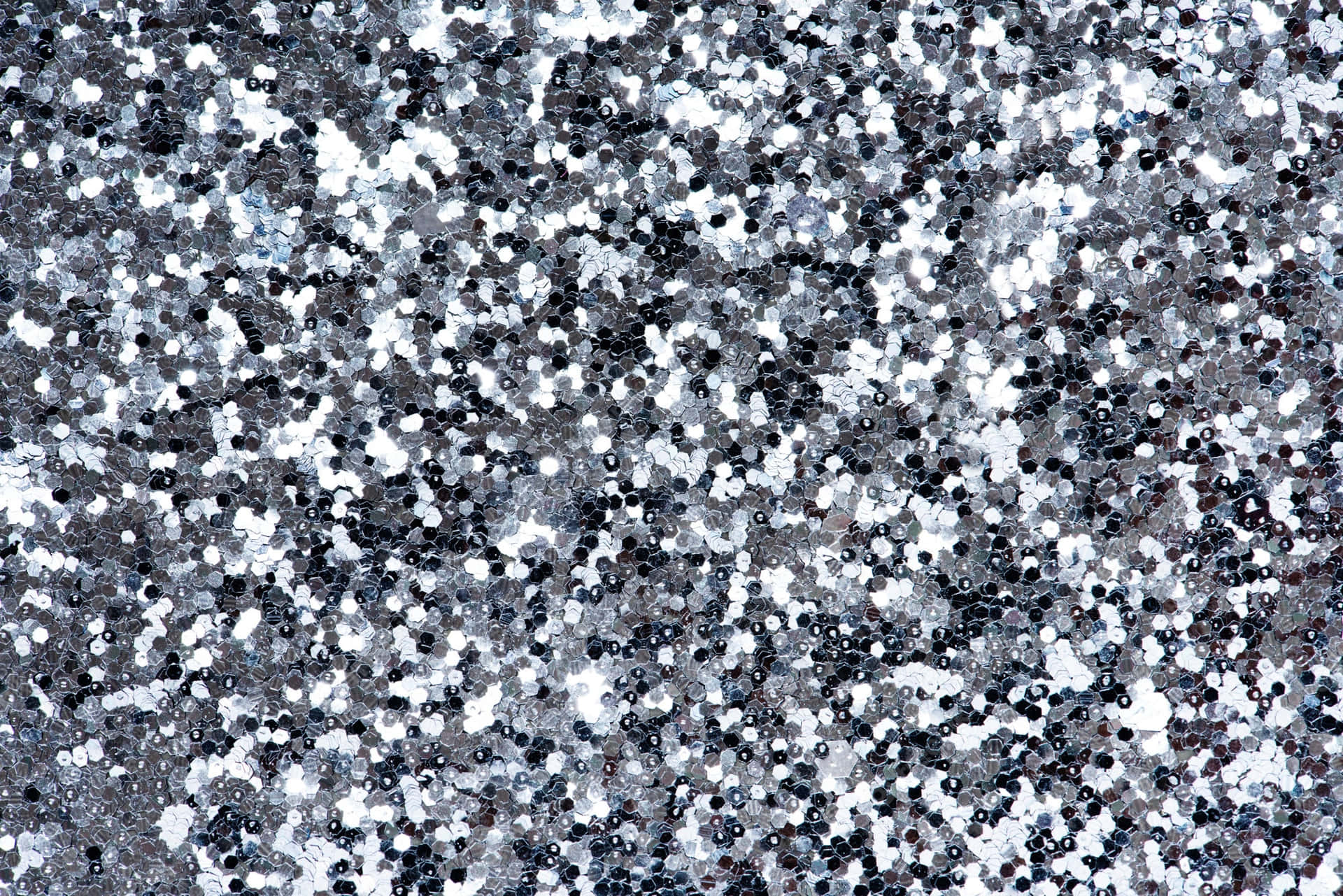There's something truly captivating about silver, isn't there? It holds a special place in our lives, from cherished family heirlooms that pass through generations to the very coins we use every day. This precious metal, you know, has a kind of silent appeal, a quiet gleam that draws people in, so it's almost like a constant presence.
For many, silver isn't just a shiny object; it carries stories, history, and a sense of lasting value. People are often drawn to its unique look, which can range from a bright polish to a softer, more aged appearance. It's interesting how its appeal changes depending on what someone is looking for, or how they want it to look, actually.
We're going to explore what makes silver so special, looking at its distinctive qualities, its role in the economy, and how people connect with it in their daily routines. This piece will, for instance, touch on everything from keeping your silver looking just right to its place in financial discussions, giving you a fuller picture of its lasting charm.
Table of Contents
- The Unique Shine of Silver: Beyond the Polish
- Silver's Place in History and Finance
- Living with Silver: Practical Applications and Personal Connections
- Common Questions About Silver's Appeal
The Unique Shine of Silver: Beyond the Polish
Silver has a certain glow that's quite unlike other metals, and that's a fact. It can be incredibly bright when polished, but many people, myself included, really appreciate a softer, more lived-in look. This natural aging process, which we call patina, adds character and depth to the metal, you know, making each piece truly one of a kind.
Some folks, they prefer their silver to have a rich, subdued finish rather than a super shiny one. This preference often comes from wanting to preserve the item's history and the stories it carries. It's like, a bit of tarnish can actually enhance its charm, adding to its overall appeal, or so it seems.
Finding the right way to care for silver, especially when you want to keep that softer look, is important. It's not always about making it sparkle like new; sometimes, it's about maintaining its unique appearance. This approach, honestly, respects the item's age and its journey through time.
Embracing the Patina: A Different Kind of Beauty
There's a real beauty in silver that shows its age, isn't there? That subtle darkening, which we call tarnish, actually tells a story, and for many, it's a sign of authenticity. I, for one, don't like the over shined polished look myself and will pass if a piece has been stripped of its natural character, or so I feel.
When you want to remove tarnish without losing that lovely, understated glow, there's a neat trick you can use. It involves the baking soda, alum foil, hot water method, which is pretty simple to do. This technique, you see, gets rid of the tarnish without giving the silver a polished look, keeping that gentle sheen.
This method is great because it doesn't involve harsh scrubbing or abrasive chemicals that can strip away the silver's unique surface. It's a way to refresh your silver, making it look clean but still retaining that beautiful, slightly aged appearance. So, it really helps keep the character of the piece.
Caring for Your Silver: Gentle Methods that Work
Keeping silver looking good doesn't always mean a lot of hard work, especially if you prefer a less shiny finish. The baking soda, alum foil, hot water method is, frankly, a fantastic way to handle tarnish gently. You just need a few common household items, and it's quite effective, or so I've found.
To use this approach, you line a bowl with aluminum foil, shiny side up, then add your silver pieces. Next, you sprinkle a bit of baking soda over the silver and pour hot water over everything. A chemical reaction happens that lifts the tarnish right off, and that's really something to see.
This process is wonderful because it cleans the silver without needing any rubbing, which means no scratches or excessive polishing. It helps preserve the natural texture and the subtle luster that many people, like me, find so appealing. It's a method that respects the silver's original state, you know, keeping it just right.
Silver's Place in History and Finance
Silver has always held a significant spot in human history, acting as more than just a decorative item. For centuries, it has served as a form of money, a way to store wealth, and a key component in various industries. Its story, you might say, is deeply tied to the ebb and flow of human progress, and that's a big deal.
From ancient coins to modern investment strategies, silver's value has been recognized and relied upon across different cultures and eras. It's a metal that people instinctively understand has worth, which is, in a way, a very powerful idea. This deep-rooted perception of value helps explain why it continues to be important today.
Understanding silver's historical journey and its current standing in the financial world gives us a fuller picture of its enduring appeal. It's not just about its shine; it's about its substance and its role in the bigger economic picture. So, its history really adds to its current significance.
A Legacy of Value: From Coinage to Currency
Silver has a long, long history as money, and that's something pretty remarkable. Gold and silver in easily identifiable and measurable units is currency in itself, which, honestly, makes a lot of sense when you think about it. Why some people need to see fantasy units on them, I don't get, but that's just me.
Back in 1965, there was a critical silver shortage, and this led to widespread hoarding of silver coinage, causing quite a stir. In response to the shortage, Congress passed measures to deal with the situation, changing how our money worked. This event, you know, shows just how vital silver was to the nation's currency system.
This historical moment really highlights silver's role as a tangible asset that people trust, especially during times of uncertainty. When paper money feels shaky, physical silver often becomes a go-to for many folks. It's a way, you might say, to keep value in your own hands, which is a comforting thought.
Silver as an Investment: What the Market Says
When we look at the financial markets right now, silver is currently bullish, especially it has rising into an accelerated channel with support just under 39.50, so long this holds, silver will continue to find strength and can easily keep going up. This is, you know, a pretty exciting time for those who follow its price.
In the last 10 days, silver saw min $33.5 and max $37, which is a good range of movement. That's 11% of $32.5, which means that they have to create at least 300 billion dollar in a future QE, just to give you some perspective on the larger economic forces at play. This kind of movement, apparently, catches a lot of attention.
It is hard to know what will keep value, especially given changing rules and regulations, but gold is a good bet (should be core), I also still think it's wise to scoop up other precious metals. I'm in gold and silver but that does not look too clever at the moment, with property being a bit of a worry too. I own property, but I don't feel comfortable with it, I think a bubble is being formed, which is a bit unsettling, honestly.
What are you gonna buy with your $2000 stimulus, people asked. I was glad to see they bumped it up to $2,000 but at the same time I feel sick to my stomach over it and more than a little worried about the implications for the economy. Land or property can be taxed, but physical gold and silver, you know, offer a different kind of security, or so it seems.
Living with Silver: Practical Applications and Personal Connections
Silver isn't just something you put away in a vault; it's a metal that touches our lives in many practical ways. From the smallest decorative accents to significant industrial uses, silver shows up in places you might not even think about. It's, like, truly everywhere, if you stop to consider it.
Many people have a personal connection to silver, perhaps through jewelry they wear every day or family pieces that hold sentimental value. This connection goes beyond its monetary worth; it's about the stories and memories attached to each item. It's a very personal thing, you know, for many of us.
Understanding these everyday uses and personal ties helps us appreciate silver's full scope. It's a material that blends beauty with utility, making it a constant presence in our homes and our lives. So, it's pretty versatile, in a way.
Silver in Everyday Life: Beyond the Bullion
My connection to silver goes back years, and that's not an exaggeration. Any new year resolutions concerning physical silver? I have been touching and buying silver for years in all forms, from silver leaf to apply an antique frame, or a table, or to repair things. It's truly a versatile material, you see, with so many uses beyond just coins or bars.
Think about silver leaf, for example; it's used in art, in furniture making, and even in architectural details to add a touch of elegance. This application shows how silver's visual appeal can transform ordinary objects into something special. It's a way, you know, to bring a bit of luxury into everyday items.
This wide range of uses, from practical applications in crafts to its role in electronics, really speaks to silver's adaptability. It's not just a pretty face; it's a workhorse of a metal, constantly finding new ways to be useful. So, it's pretty impressive, actually, how much it does.
Navigating Economic Shifts with Tangible Assets
In times of economic uncertainty, people often look for things that feel solid and dependable, and that's quite natural. It is hard to know what will keep value, especially given changing rules and regulations, but gold is a good bet (should be core), and I also still think it's wise to scoop up other precious metals. These assets, you know, tend to hold their worth when other things might not.
Physical silver, much like gold, offers a sense of security that digital or paper assets sometimes lack. It's something you can hold, something that has intrinsic value, which many find comforting. This tangibility, apparently, is a big part of its appeal, especially when the financial world feels a bit wobbly.
Considering physical silver as part of a balanced approach to managing your resources can be a sensible choice, particularly when the future seems a little unclear. It's a way to diversify and protect what you have, giving you, perhaps, a bit more peace of mind. Learn more about precious metals on our site, and you can also link to this page to discover more about the history of silver coinage and its impact.
Common Questions About Silver's Appeal
People often have questions about silver, from how to care for it to its place in the broader economy. It's a metal that sparks a lot of curiosity, and that's understandable, given its long history and varied uses. We get asked about its value, its cleaning, and its past quite a bit, honestly.
These questions show just how much people want to understand this unique metal. Whether it's a family heirloom or a potential investment, knowing more about silver helps people make informed choices. So, we'll try to clear up some common points here, you know, to help out.
Getting answers to these common inquiries can help you appreciate silver even more, understanding its qualities and its significance. It's about empowering you with information, making your connection with silver, in a way, even stronger. So, let's look at some popular questions.
FAQs About Silver's Enduring Sparkle
How do you clean silver without making it too shiny?
You can use the baking soda, alum foil, hot water method. This approach gets rid of the tarnish without giving the silver an overly polished look, which is great if you prefer a softer, more aged appearance. It's a gentle way to clean, you know, keeping the character of the piece.
Is silver a good long-term investment?
Many people consider silver a valuable asset, especially in times of economic change. It is hard to know what will keep value, especially given changing rules and regulations, but it often holds its worth alongside gold. Silver is currently bullish, so that's something to consider, or so it seems.
What caused the silver shortage in 1965?
The decision was controversial because of a critical silver shortage in 1965, which led to widespread hoarding of silver coinage. In response to the shortage, Congress passed laws to address the situation. This event, you know, really highlighted silver's importance in the national economy.



Detail Author:
- Name : Lane Christiansen
- Username : taryn31
- Email : caleigh61@gmail.com
- Birthdate : 1991-02-10
- Address : 3056 Lori Harbors Blaiseville, AL 58965
- Phone : 719.359.0213
- Company : Ruecker-Oberbrunner
- Job : Pharmaceutical Sales Representative
- Bio : Consequuntur dicta eos quae natus. Vel sapiente eaque ipsa corrupti tempore est. Quo mollitia aut ut necessitatibus ab nemo.
Socials
facebook:
- url : https://facebook.com/ikiehn
- username : ikiehn
- bio : Temporibus explicabo et quae est officia in. Placeat nihil nam illum nihil.
- followers : 4132
- following : 2081
instagram:
- url : https://instagram.com/ida_kiehn
- username : ida_kiehn
- bio : Et eius quis aut nostrum quas eius ut tempora. Recusandae voluptatum quia saepe autem est.
- followers : 3697
- following : 2077

